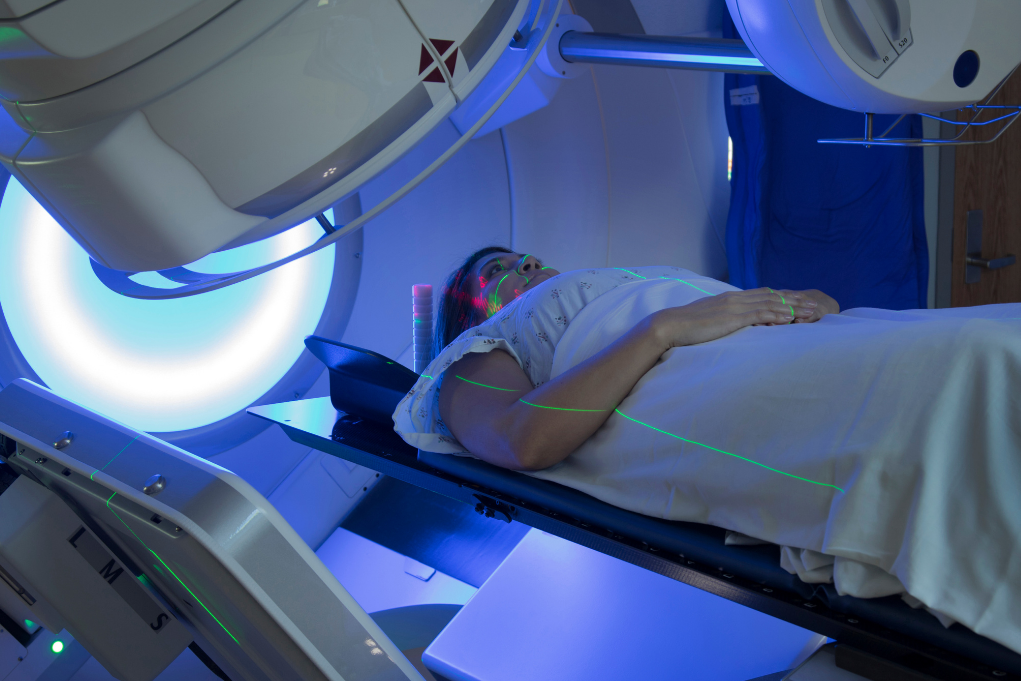Início Osteorradionecrose: como tratar?
osteorradionecrose

Osteorradionecrose: como tratar?
Resumo:
Osteoradionecrosis is one of the most serious complications of radiotherapy, which is used for the treatment of head and neck neoplasms. It is a disease in which the irradiated bone becomes devitalized and exposed through the loss of skin and mucosa integrity, persisting without scarring. Review: Facial osteoradionecrosis affects the mandible in most cases, followed by the maxilla. The most important risk factors are the radiation dose used, the presence of periodontal diseases and tooth extractions. Clinical features for diagnosis include local pain, trismus, halitosis, bone exposure, secretion drainage, and fistulization to the skin or mucosa. Discussion: The most complex cases require surgical approach, with radical debridement of devitalized bone and soft tissue, associated with reconstruction. Among the existing options for mandible reconstruction, the most used are free flaps of bone tissue, such as the fibula, iliac crest, scapula and radial forearm flaps. As for the maxilla, the most used are the anterolateral thigh and radial forearm flaps. These are well-vascularized tissues, which provide adequate filling and coverage of the remaining defect. Final considerations: Osteoradionecrosis requires a complex and multidisciplinary treatment where the surgeon plays an important role in its prevention.
Keywords: radiotherapy treatment, osteoradionecrosis, facial bones.
Expandir Resumo
Acessar Texto Completo

